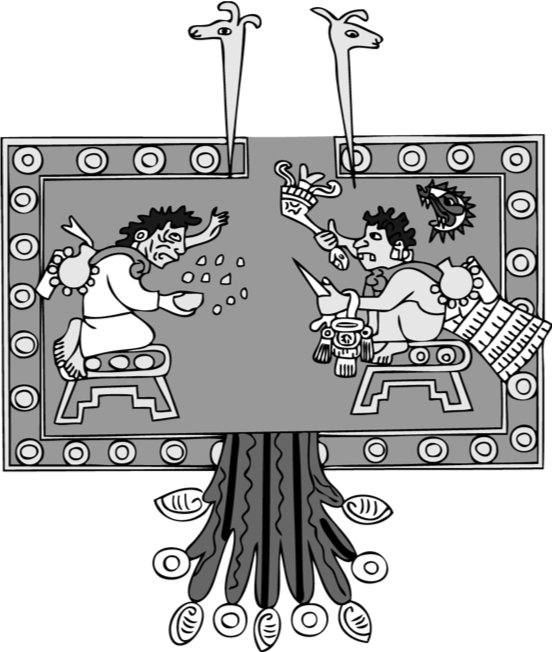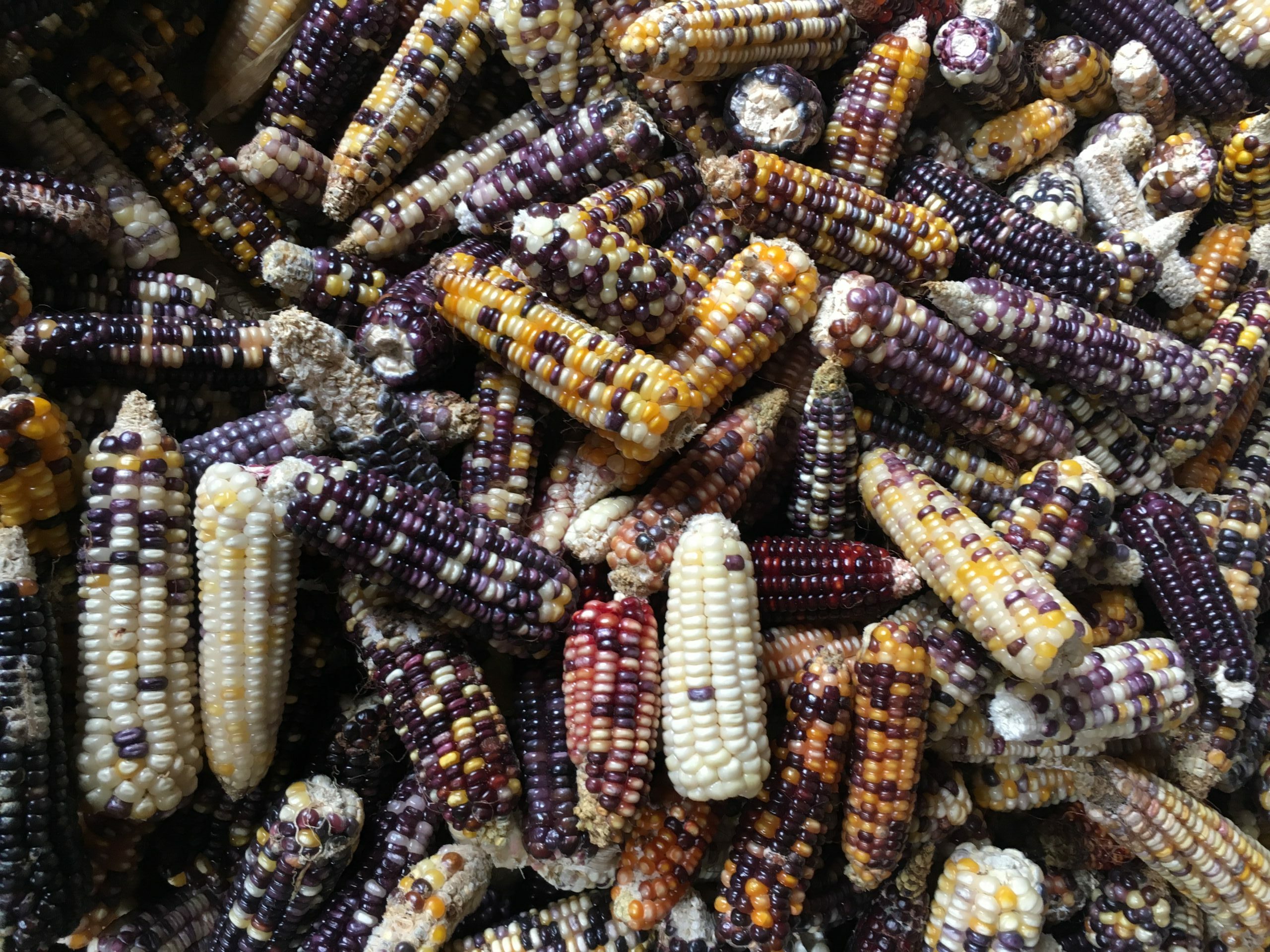This subproject focuses on divinatory practices and the codes they entail. In particular, this project will investigate how the on-going divinatory practice of reading maize works and how its messages are transmitted. Maize divination still persists among some indigenous communities such as the K’iche (Colby & Colby 1981, Tedlock 1982), Nahuas from the Huasteca (Sandstrom 1991), Tzotziles (Vogt 1993), Tlapanecs (Oettinger 1979), and Mixes (Lipp 1991; Rojas 2014) among others. The configuration of seeds, depending on the side and direction they fall, create arrangements on top of a table that lie at the border of the “graphic” and the “visual”. These signs and codes are translated into a narration that serve for prognostications which aid and give relief in the context of affliction, sickness, bad omens, bad dreams, and bad luck. Previous documentation on the sacred calendar of 260 days used in combination with maize divination among the Ayöök (Mixe) people of Oaxaca offers a good starting point to acquire better understanding of the signs and meanings of this divinatory technique (Rojas 2014, 2016a). New empirical data, documented in close connection with its social and religious context, is needed in order to investigate which are, and possibly were in the past, the operational codes that make possible the transmission of knowledge through particular notation and the creation of narratives, in a similar way as codices do (see some advances in Rojas 2016b).


Reading maize, as a divination practice, is closely connected with codices of mantic and calendrical type, the so-called Borgia group. In fact, the historical sources account that throwing maize kernels and the knowledge of the calendar were born together with the calendar. Apparently, the codices themselves were used as boards for casting maize (Duran 1967). Therefore, this suggests that both communication systems worked in a multilayered fashion (Rojas 2014). This subproject will investigate too how these two systems meet. In particular, if we could point out principles of codification for prognostication on both systems and if they coincide or work differently.





